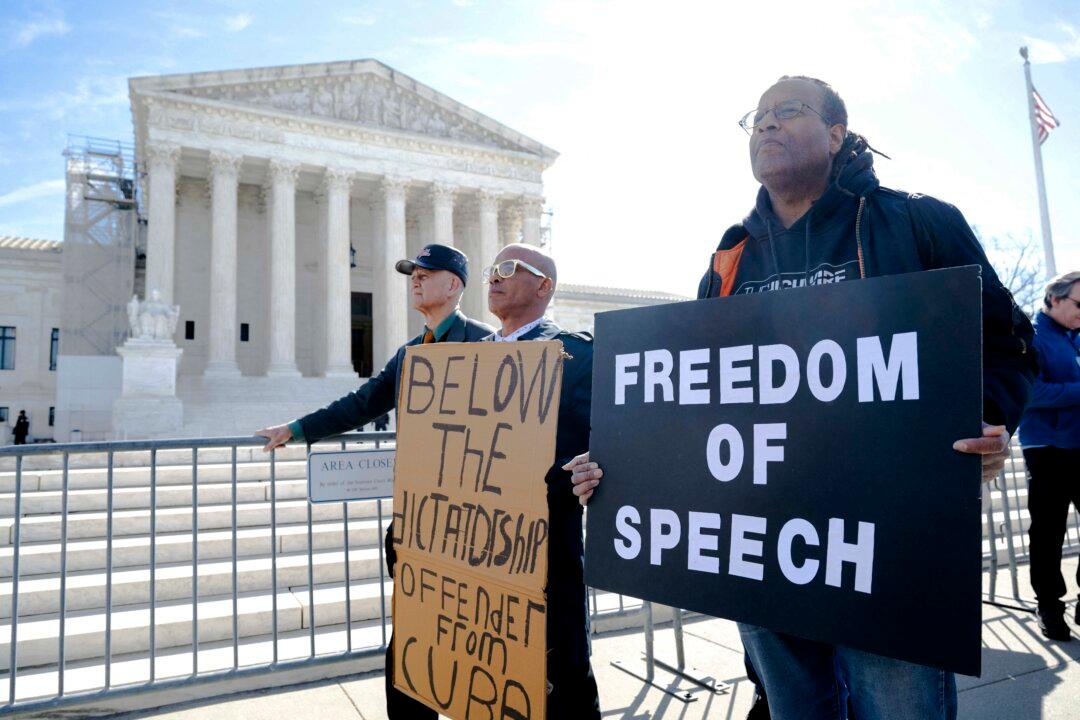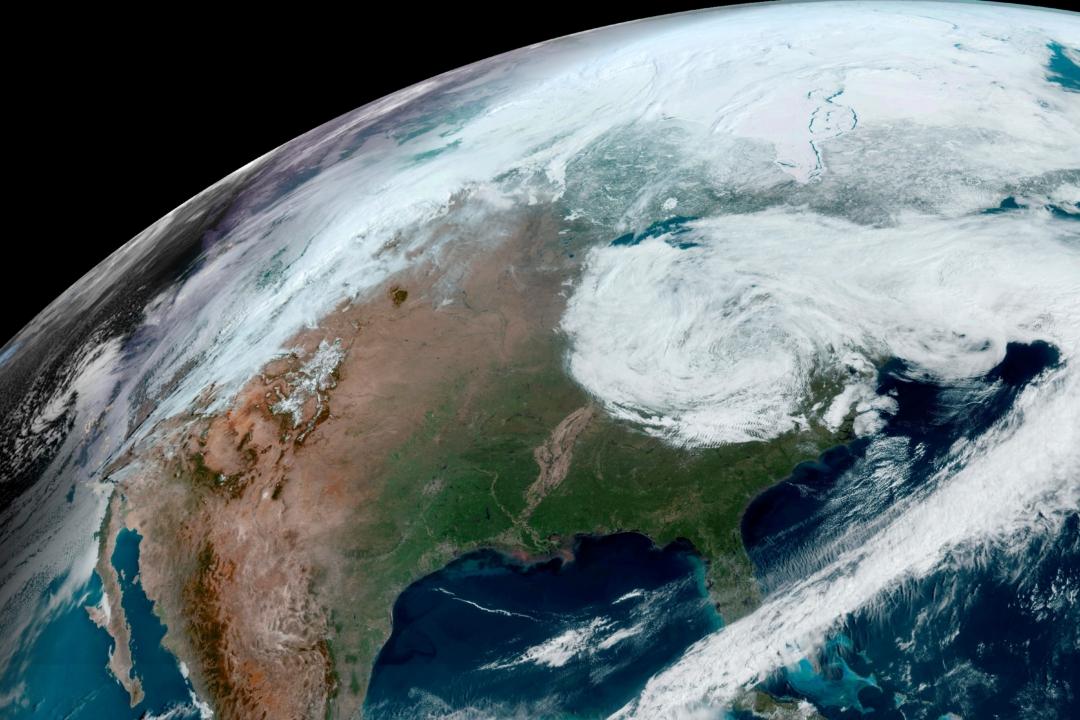Hidden deep within the more than 700 pages of the recently enacted Inflation Reduction Act (IRA) is a provision that intends to boost the Environmental Protection Agency’s (EPA) power to regulate greenhouse gas emissions.
Specifically, the IRA establishes the “Methane Emission Reduction Program” under a new section in the Clean Air Act, allowing the EPA to impose a fee on certain “air pollutants.”
Importantly, this is the first time the federal government has ever imposed a fee on any greenhouse gas (GHG) emissions and is part of Congress’ effort to bolster the EPA’s power to address the “climate crisis.”
Congress Sends a Message
In June, the U.S. Supreme Court ruled in West Virginia v. Environmental Protection Agency that the EPA didn’t have the authority under the Clean Air Act or the Clean Power Plan to essentially force power plants to transition more toward wind and solar.
Moreover, the court determined that the interpretive question raised under the Clean Power Plan fell under the “major questions doctrine,” which states that Congress must make a “clear statement” if it wants to delegate authority “of this breadth to regulate a fundamental sector of the economy.”
Notably, the ruling expressly limited the EPA’s ability to regulate carbon emissions from power plants, which President Joe Biden called “devastating.”
Biden further added that he planned to “find ways that we can, under federal law, continue protecting Americans from harmful pollution, including pollution that causes climate change.”





